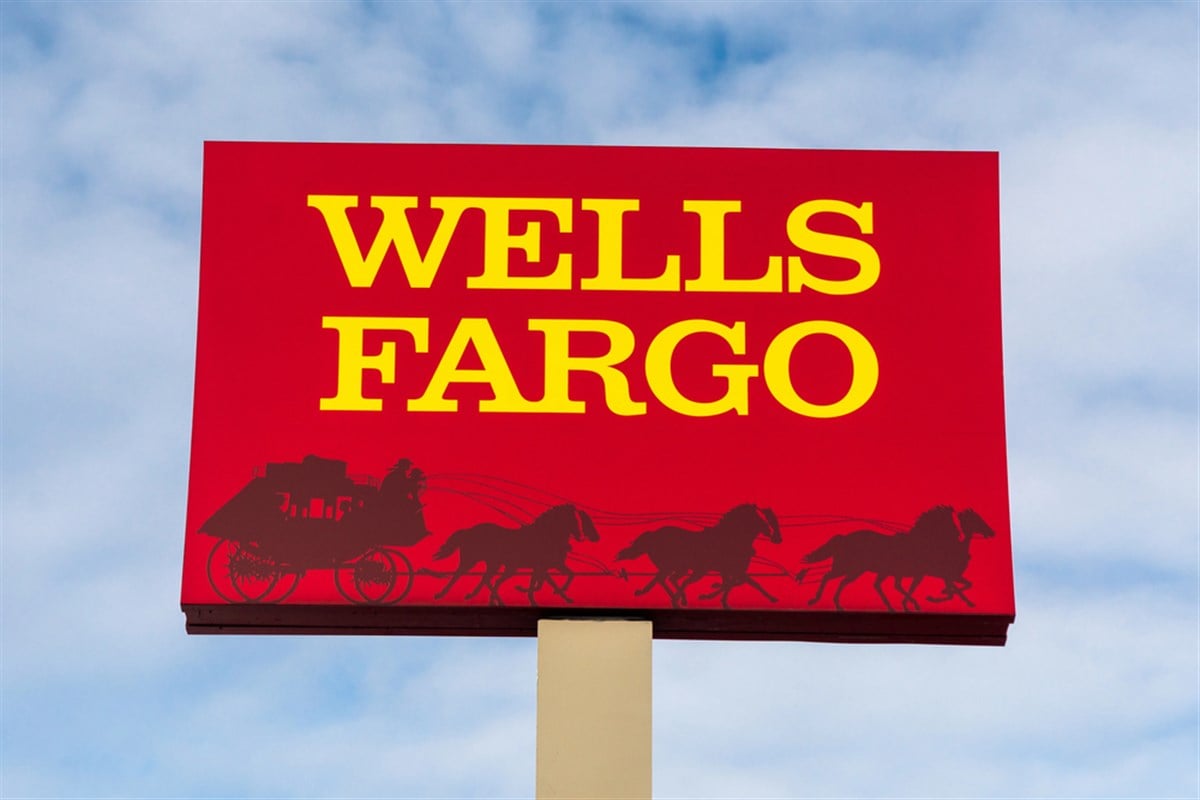|
|
|

|
|||||

|
|

Wells Fargo & Company (NYSE: WFC) delivered third-quarter financial results on Oct. 14, 2025, which significantly outpaced market expectations and triggered a notable response from investors.
Wells Fargo’s stock price rose over 7% in a single trading session on higher-than-average volume, a clear signal of strong market confidence. This impressive performance suggests the bank's multi-year turnaround strategy is not just on track, but accelerating.
The robust results are now raising new questions about the stock's current market valuation and whether a fundamental shift in the company's growth trajectory is underway.
The positive market reaction was rooted in a financial report that showed strength across multiple business lines. Wells Fargo reported earnings per share (EPS) of $1.66, easily beating the consensus estimate of $1.55. Total revenue came in at $21.44 billion, representing a 5.3% increase from last year's period. This growth was not driven by a single factor but by a balanced performance across its core operations.
A closer look at the numbers reveals a dual engine of growth that powered the quarter:
Underpinning this growth was a display of solid credit health. The bank's provision for credit losses was $681 million, down significantly from $1.07 billion in the third quarter of the prior year, reflecting improved credit performance.
This disciplined risk management provides a strong foundation that supports the company’s ability to pursue growth responsibly.
Further momentum was seen in loan growth, particularly in the consumer segment, where balances grew from the second quarter for the first time in over two years, driven by strength in credit card and auto lending.
Perhaps the most significant factor in Wells Fargo's renewed outlook is a strategic development that predates the earnings report. The Federal Reserve's official removal of the bank's restrictive asset cap on June 3, 2025, was a pivotal moment, unleashing the company from a primary growth constraint that had been in place for years.
The impact of this new freedom is already becoming visible, as the bank's total assets crossed the $2 trillion threshold for the first time in the third quarter.
With this operational latitude, management has set a more ambitious course for the future. The company announced a new medium-term financial target: a 17-18% Return on Tangible Common Equity (ROTCE). ROTCE is a key metric investors use to measure a bank's profitability.
This new target is a significant step up from the 15.2% ROTCE reported in Q3 and signals a clear intention to close the profitability gap with top-tier financial services sector competitors like JPMorgan Chase (NYSE: JPM), which recently posted a ROTCE of 20%.
The bank is already beginning to capitalize on its ability to expand its balance sheet. Trading-related assets, a key part of its Markets business, have climbed 50% since the end of 2023. This demonstrates how the bank can now deploy capital more effectively to serve its clients.
This confidence is also directly translating into enhanced shareholder value. In the third quarter alone, Wells Fargo repurchased $6.1 billion of its common stock and increased its dividend by 12.5%. These actions are part of a larger commitment, backed by a massive $40 billion share repurchase authorization approved in April 2025, signaling a sustained effort to return capital to investors.
Wells Fargo's third-quarter performance presents a compelling narrative of a company successfully transitioning from a period of turnaround to a new phase of growth. The strong financial results, validated strategic investments, and newfound freedom from regulatory constraints form a solid foundation for its investment case.
This leads to the question of valuation. Even after the recent stock price appreciation, Wells Fargo’s price-to-book ratio (P/B) stands at approximately 1.62. This metric, which compares the company's market value to its book value, still trails some industry leaders who often trade at a P/B closer to 2.0.
This gap suggests the market may not have fully priced in the company's potential to achieve its higher return targets. Wells Fargo’s analyst community appears to agree, with a consensus 12-month price target of $85.41 and a high target of $98.00, indicating potential for further upside.
For investors, the evidence from the third quarter suggests that Wells Fargo has turned a significant corner, making a solid case for the stock to be closely re-evaluated.
Before you make your next trade, you'll want to hear this.
MarketBeat keeps track of Wall Street's top-rated and best performing research analysts and the stocks they recommend to their clients on a daily basis.
Our team has identified the five stocks that top analysts are quietly whispering to their clients to buy now before the broader market catches on... and none of the big name stocks were on the list.
They believe these five stocks are the five best companies for investors to buy now...
The article "Why Wells Fargo's Turnaround Just Hit High Gear" first appeared on MarketBeat.
| Dec-06 | |
| Dec-06 | |
| Dec-05 | |
| Dec-05 | |
| Dec-05 | |
| Dec-05 | |
| Dec-05 | |
| Dec-05 | |
| Dec-05 | |
| Dec-05 | |
| Dec-05 | |
| Dec-05 | |
| Dec-04 | |
| Dec-04 | |
| Dec-04 |
Join thousands of traders who make more informed decisions with our premium features. Real-time quotes, advanced visualizations, backtesting, and much more.
Learn more about FINVIZ*Elite